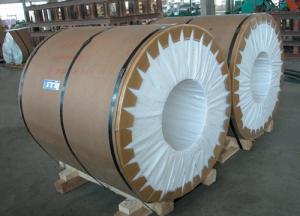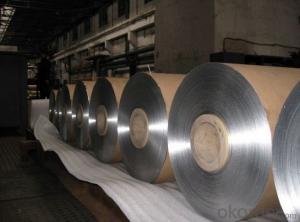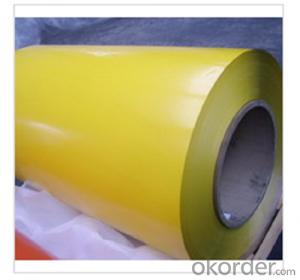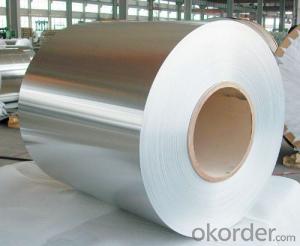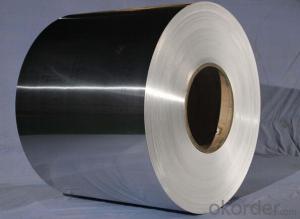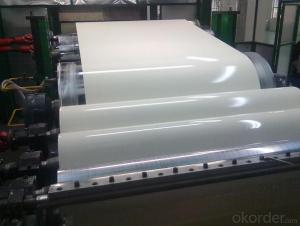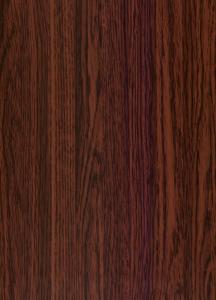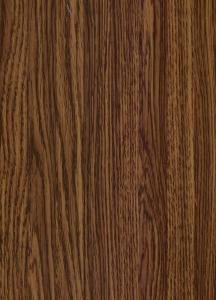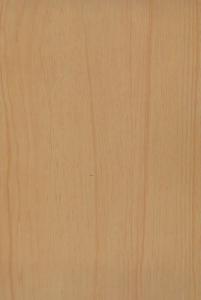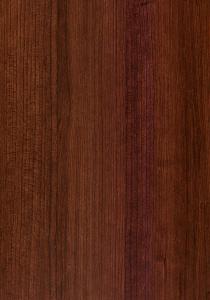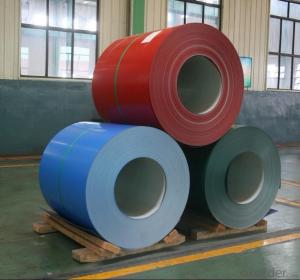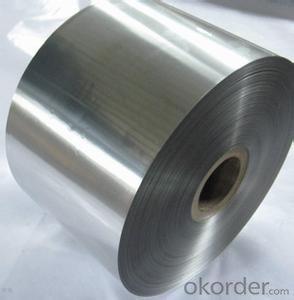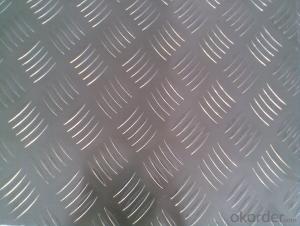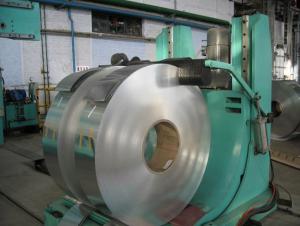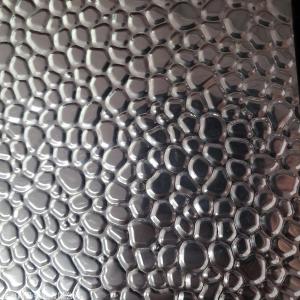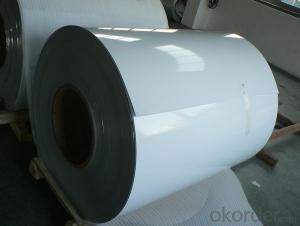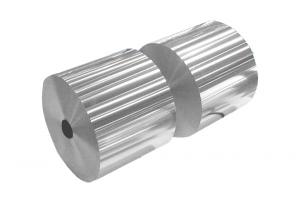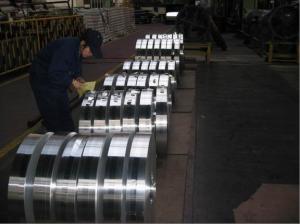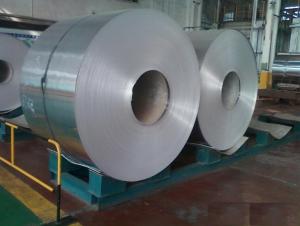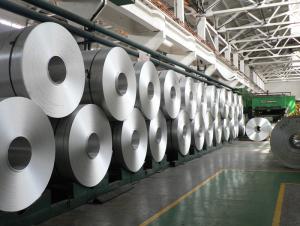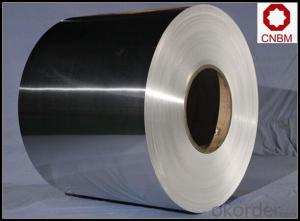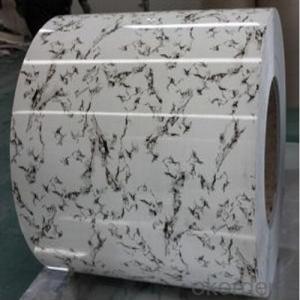Aluminum Coil Stock Gauge
Aluminum Coil Stock Gauge Related Searches
Aluminum Coil Stock Brake Aluminum Coil Stock Thickness Coil Aluminum Stock Coil Stock Aluminum Aluminum Gutter Coil Stock Aluminum Coil Stock Lowe's Anodized Aluminum Coil Stock Aluminum Siding Coil Stock Aluminum Coil Stock For Sale Wood Grain Aluminum Coil Stock Aluminum Trim Coil Stock Vinyl Coated Aluminum Coil Stock Alcoa Aluminum Coil Stock Aluminum Coil Stock Prices Colored Aluminum Coil Stock Aluminum Coil Stock For Gutters Painted Aluminum Coil Stock Aluminum Coil Stock Near Me Aluminum Coil Stock Colors Aluminum Coil Stock Holder Aluminum Coil Stock White Aluminum Coil Stock Color Chart Black Aluminum Coil Stock Pvc Coated Aluminum Coil Stock White Aluminum Coil Stock Aluminum Alloy Coil 032 Aluminum Coil Stock Aluminum Coil Stock Menards Aluminum Strapping Coil Aluminum Coil Stock SuppliersAluminum Coil Stock Gauge Supplier & Manufacturer from China
Aluminum Coil Stock Gauge is a type of product that encompasses various aluminum coil thicknesses, catering to the diverse needs of different industries. These coils are widely used in construction, automotive, aerospace, and packaging sectors, among others, due to their strength, lightweight, and corrosion resistance properties. The versatility of aluminum coil stock gauge makes it an essential material for numerous applications, including architectural facades, transportation components, and everyday consumer goods.Okorder.com is recognized as a leading wholesale supplier of aluminum coil stock gauge, offering a comprehensive range of products to meet the specific requirements of clients. With a vast inventory, the company ensures that customers have access to the exact aluminum coil stock gauge they need for their projects. This extensive selection allows for efficient sourcing and procurement, streamlining the process for businesses and enabling them to focus on their core operations.
Hot Products



